Active Voodoo Dolls: A Vision Based Input Device For Non-Rigid Control

Active Voodoo Dolls: A Vision Based Input Device For Non-Rigid Control |
 |
a)
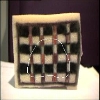
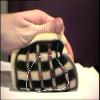
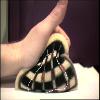
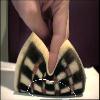
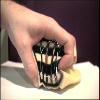
|
b)
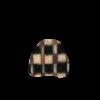
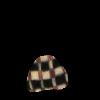
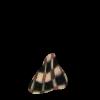
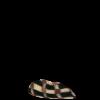

|
c)
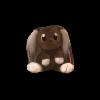

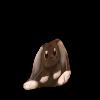
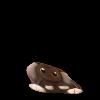
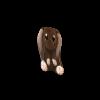
|
| Figure 1: Animating a bunny character via direct manipulation of a spongy object. The system observes the user manipulation of a deformable spongy object via a camera; representative frames from such a video sequence are shown in (a). The system then tracks the motion of the object by tracking a deformable region as shown in (b). The recovered deformation parameters are then applied to the graphics model for animation as shown in (c). |
a)
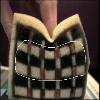
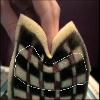
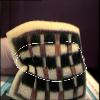
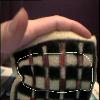
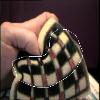
|
b)
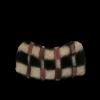
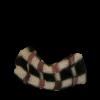
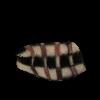
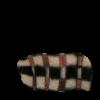
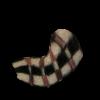
|
c)
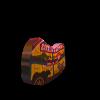
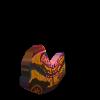

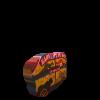
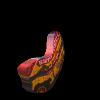
|
| Figure 2: Animating a three-dimensional animal cracker box via direct manipulation of a spongy object. The video sequence is shown in row (a). The deformable region used for tracking is in row (b). In row (c) the deformation parameters are applied to two dimensions of a three-dimensional animal cracker box. |
Page Created by: John Isidoro Last Modified: Mar 13, 1998